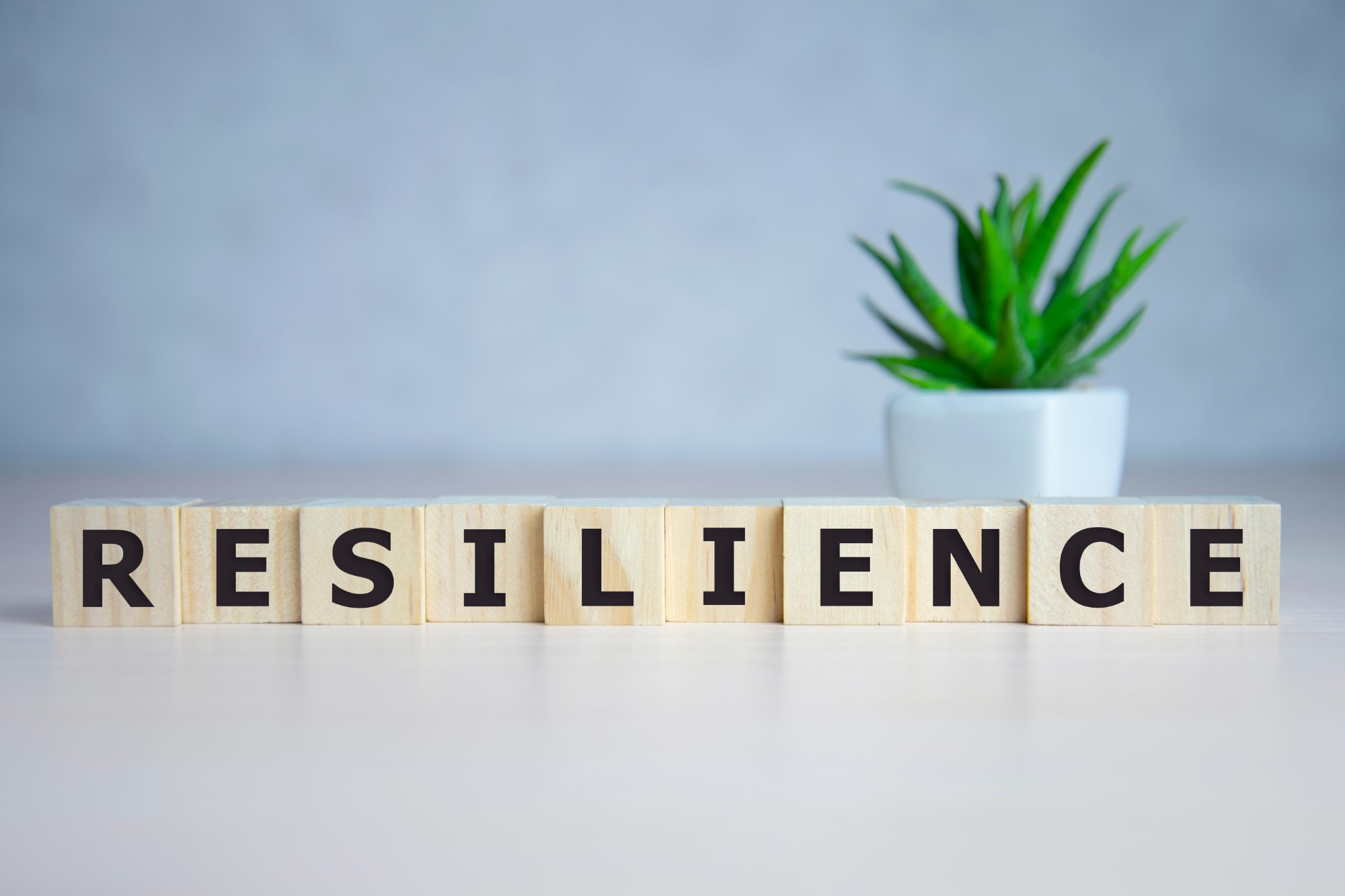You Are Resilient by Design
When you hear the word resilience, what pictures come to mind? For me, I see people throughout history who have survived the most treacherous circumstances and lived to not only tell their stories, but achieved success and made a life’s work of helping others. You know, people like Oprah Winfrey and Harriet Tubman.
Now, what do you envision? Oh, I see. You’re one of those rare birds who actually pictures yourself when you think of resilience. Well, to that, I applaud and declare, you are absolutely right to do so! We are all resilient because resilience itself is built into our brains. It’s called neuroplasticity and is our ticket to becoming our happiest, healthiest, most helpful selves.
Google defines resilience as the capacity to recover quickly from difficulties; toughness and the ability of a substance or object to spring back into shape; elasticity. I describe neuroplasticity as the brain’s resilience and ability to make new connections (called neural pathways), physically change and rewire itself to adapt to new information and experiences. To those who say, “I’m too old or set in my ways to change and learn something new”, that is simply untrue. Neuroplasticity happens at every age and even after traumatic brain injuries like strokes or other brain damage. Our brains are powerful and have capacity to store 10 million volumes of books containing 1000 pages each. So, you see? We have no excuses. Our brains are resilient by design.
When we have experienced trauma or difficult seasons in our lives, it is natural to feel unable or unsure of how to move in the direction of something new, even if it will be better for us. Sometimes, we have experienced living in certain ways for so long, that we have blind spots making us unaware of any other ways to live. Other times, we can clearly see opportunities for other people, but find difficulty believing for ourselves. That is all understandable. From the moment we are born, we learn and adapt habits and behaviors to feel accepted in our environments, families, communities, society, and culture. Those survival patterns help us feel safe and connected to what is familiar.
To gently move in the direction of change and activate your own resilience through neuroplasticity, you can:
Meditate
Compassion meditation, in particular, creates high frequency gamma waves which is an indicator for changes in neuroplasticity.
Only 5 to 15 minutes of meditation a day is needed to reshape your brain.
Journal
Make two columns on a sheet of paper. On one side, write down limiting patterns and beliefs you have observed in your life. On the other side, write down the new beliefs you wish to adapt. When you focus on developing your new beliefs and write about the experiences daily, your nerves and muscle connections transform so that your nervous system can accept and receive the new experiences you are empowering yourself to believe.
Also, making a daily practice to write what you are grateful for and using your imagination to script future states of being will also create and strengthen new neural pathways.
As a bonus, journal with your non-dominant hand to further enhance neuroplasticity.
Rest
Did you know that our brains are more active when we are asleep than when we are awake? During sleep, our brains process all the information we received throughout the day and enables neuroplasticity. Not getting enough sleep has the opposite affect and impairs our neural plasticity. Try your best to get the recommended 7-8 hours of sleep per day. If you cannot get more sleep, unplug from your devices and practice mindfulness techniques as a sleep proxy.
Fast
When we reduce caloric intake at intermittent intervals there is a toxin cleansing and protein boosting effect on the brain that promotes neuroplasticity.
Move
Physical exercise increases neuroplasticity, strengthens existing neural connections and solidifies newly learned material. As an enhancement, take a vigorous walk or do aerobic activity right after learning something new to increase neuroplasticity.
Learn
Become a lifelong learner and seek out topics, subjects, workshops, and experiences to expand your knowledge and learn new information. Taking on an especially large, complex subject in a short period of time, learning a new language or instrument are particularly powerful ways to spur neuroplasticity. When we learn something new, we create new connections between our neurons. We rewire our brains to adapt to new circumstances. This happens on a daily basis, but it’s also something that we can encourage and stimulate.
Talk to a therapist and/or coach
Interacting with the right therapist or coach will help you build neural connections as you process emotions and learn new, healthy habits and mindset shifts. If necessary, there are medications that licensed therapists can prescribe to support your mental health and improve your neuroplasticity.
And always remember, confiding in someone who provides safety and empathy is key for your best health and outcomes.
Now, are you convinced that you can reshape your brain to be more resilient? When you consistently practice these recommendations over time, you create life-changing results. I’ve provided several ways that neuroplasticity can be activated and amplified for a positive, healthy life, but keep in mind that negative neuroplasticity such as negative thought patterns, destructive behaviors, and unhealthy addictions are examples of how neuroplasticity can work against you. Reduce the time you spend with people and in environments that reinforce negative neuroplasticity. Increase your involvement and connection with people and environments that spark and empower positive neuroplasticity. Always remember, we are what we habituate. Feed your positive neuroplasticity and starve out all the negative.
Keshawn Hughes is an intuitive, neuroscience-based coach who helps individuals and organizations improve their lives and business outcomes. By providing support, practical methods, and data-based principles, she coaches clients to success in their own personal and professional development journeys. Schedule a Coaching Discovery Call with Keshawn today and learn more ways to optimize your life at keshawnhughes.com


